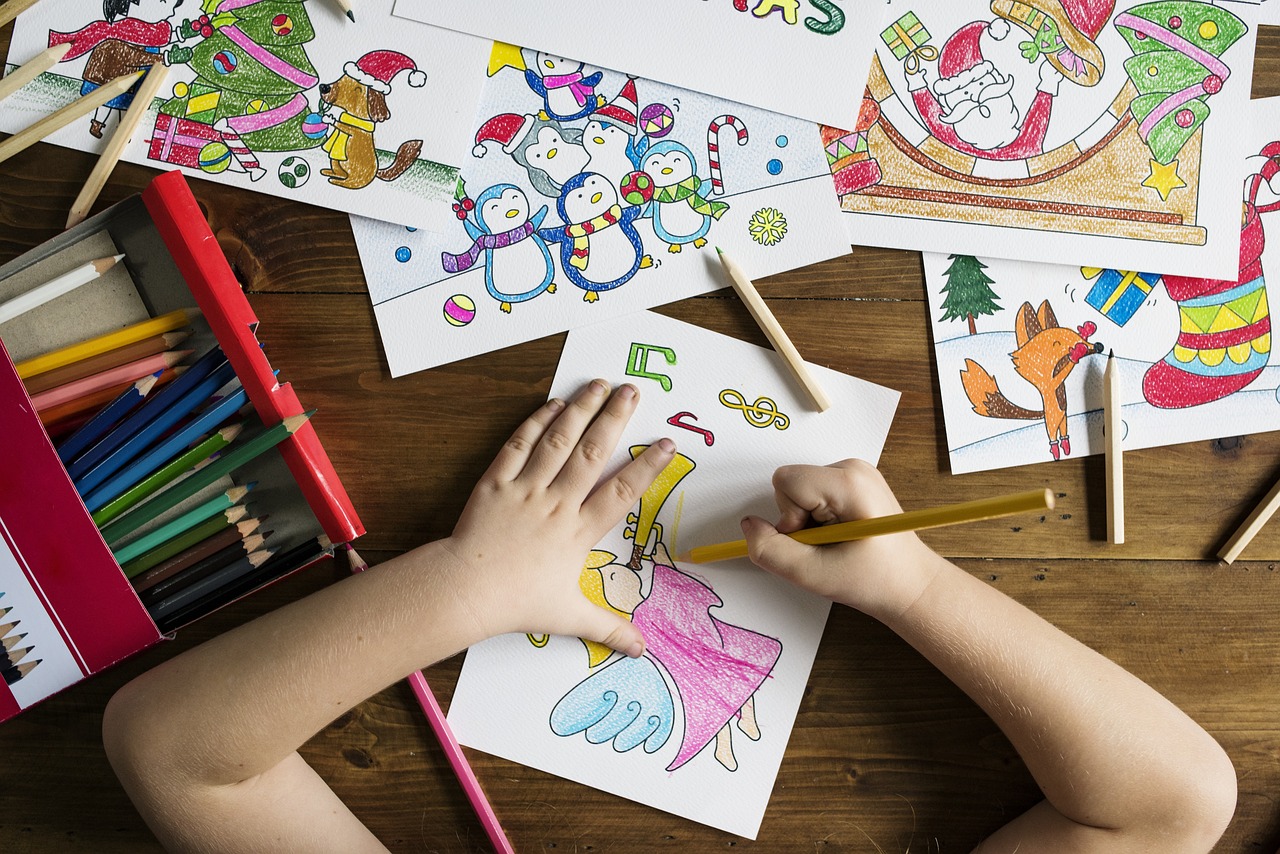Living
Allergies in Children: A Parent's Guide to Diagnosis, Treatment, and Support
4 min read
58 views

Recognizing Allergy Symptoms in Children
Allergy symptoms in children can vary widely, depending on the allergen and the individual child. It's important to be aware of the common signs and symptoms that may indicate an allergic reaction.Common Allergy Symptoms:
- Skin Reactions: Hives, eczema (itchy, red, inflamed skin), rashes.
- Respiratory Symptoms: Sneezing, runny nose, congestion, coughing, wheezing, shortness of breath.
- Gastrointestinal Issues: Vomiting, diarrhea, abdominal pain.
- Eye Symptoms: Itchy, watery, red eyes.
- Anaphylaxis: A severe, potentially life-threatening allergic reaction that can cause difficulty breathing, swelling of the face and throat, dizziness, and loss of consciousness.
Common Childhood Allergens
Identifying the specific allergens that trigger your child's symptoms is essential for effective management. Common childhood allergens include:- Food Allergies: Milk, eggs, peanuts, tree nuts, soy, wheat, fish, shellfish.
- Environmental Allergies: Pollen, dust mites, pet dander, mold.
- Insect Sting Allergies: Bees, wasps, hornets, yellow jackets.
- Drug Allergies: Medications such as penicillin.
Diagnosing Allergies in Children
If you suspect your child has an allergy, it's important to consult with a healthcare professional for proper diagnosis.Diagnostic Methods:
- Medical History and Physical Exam: The doctor will ask about your child's symptoms, medical history, and family history of allergies.
- Skin Prick Test: A small amount of allergen is pricked onto the skin to see if a reaction occurs.
- Blood Test (Specific IgE Test): Measures the level of specific IgE antibodies in the blood, which can indicate an allergy to a particular substance.
- Food Challenge: Under medical supervision, the child is given small amounts of the suspected food allergen to see if a reaction occurs. This is typically done in a controlled medical setting.
Treating Allergies in Children
Treatment for allergies in children focuses on managing symptoms, avoiding allergens, and, in some cases, desensitization therapy.Treatment Options:
- Allergen Avoidance: The most effective way to manage allergies is to avoid the allergens that trigger symptoms. This may involve carefully reading food labels, keeping the home clean and free of dust mites and mold, and avoiding contact with pets.
- Medications:
- Antihistamines: Help relieve symptoms such as sneezing, runny nose, and itching.
- Decongestants: Help relieve nasal congestion.
- Corticosteroid Nasal Sprays: Reduce inflammation in the nasal passages.
- Epinephrine Auto-Injector (EpiPen): Used to treat anaphylaxis. Parents of children with severe allergies should always carry an epinephrine auto-injector and know how to use it.
- Allergy Immunotherapy (Desensitization): Involves gradually exposing the child to small amounts of the allergen over time to reduce sensitivity. This can be done through allergy shots (subcutaneous immunotherapy) or sublingual immunotherapy (SLIT), where the allergen is placed under the tongue.
Supporting Children with Allergies
Living with allergies can be challenging for children and their families. Providing support and education is essential for helping children manage their allergies and live full, active lives.Tips for Supporting Children with Allergies:
- Educate Your Child: Teach your child about their allergies, what triggers them, and how to recognize and respond to symptoms.
- Create a Safe Environment: Work with your child's school, daycare, and other caregivers to create a safe environment where allergens are minimized.
- Develop an Allergy Action Plan: Work with your child's doctor to create a written allergy action plan that outlines steps to take in case of an allergic reaction.
- Teach Self-Management Skills: As your child gets older, teach them how to read food labels, administer their own medications, and advocate for their needs.
- Provide Emotional Support: Allergies can be stressful and isolating for children. Provide emotional support and encouragement to help them cope with their condition.
Additional Resources for Parents
- Allergy & Asthma Network: Provides information, resources, and support for families affected by allergies and asthma.
- Food Allergy Research & Education (FARE): Offers resources and support for families managing food allergies.
- American Academy of Allergy, Asthma & Immunology (AAAAI): Provides information on allergies and asthma for healthcare professionals and the public.
Conclusion
Managing allergies in children requires a comprehensive approach that includes accurate diagnosis, effective treatment, and ongoing support. By understanding the common allergens, recognizing symptoms, and working closely with healthcare professionals, parents can help their children live healthy, active lives despite their allergies.Knowledge is power when it comes to managing your child's allergies. Stay informed, be proactive, and advocate for your child's health.
Empowering parents, protecting children!


